
Luna Moth Facts
- This stunning variety of Lepidoptera bears the common name of the Luna Moth. It also holds the comparatively short and simple scientific name, however, of the Actias luna. By either term, though, it represents a fabulous and fascinating creature.
- Like many of its kindred, it owes its scientific name to one of the best known of early researchers. In this case, that’s the renowned Swedish botanist and zoologist, Carl Linnaeus. He made the first official recognition of it as a separate species in 1758.
- That wasn’t its first discovery, however. In point of fact, it holds a place of moderate historical importance in the annals of science. That’s because of its earliest recognition. While Carl Linnaeus gave it its first formal recognition, it was first noted in 1700.
- That fact made it the first insect of its kind to be described in any way in scientific literature. It also holds yet another distinction, though. The invertebrate, in point of fact, easily ranks as one of the largest moths found anywhere in its native range.
- This magnificent Lepidoptera also holds yet another status in the local popular culture of a specific portion of its range. This occurs due to the fact that the arthropod appeared on a first-class postage stamp in the United States, issued in June 1987.
- For the moment, the Luna Moth appears to be maintaining a stable and sufficient population base. The IUCN, therefore, presently lists it as Least Concern. It nonetheless does face some threats. These include habitat loss and climate change.
Related Articles
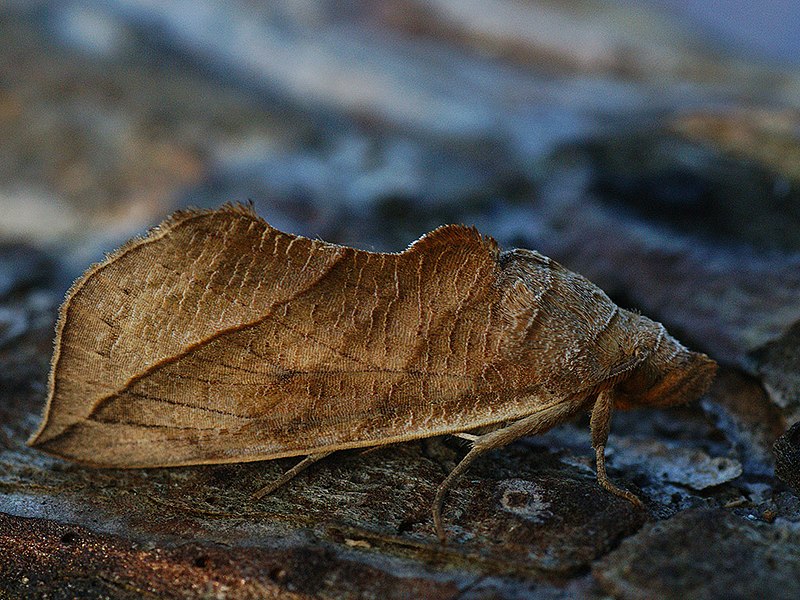


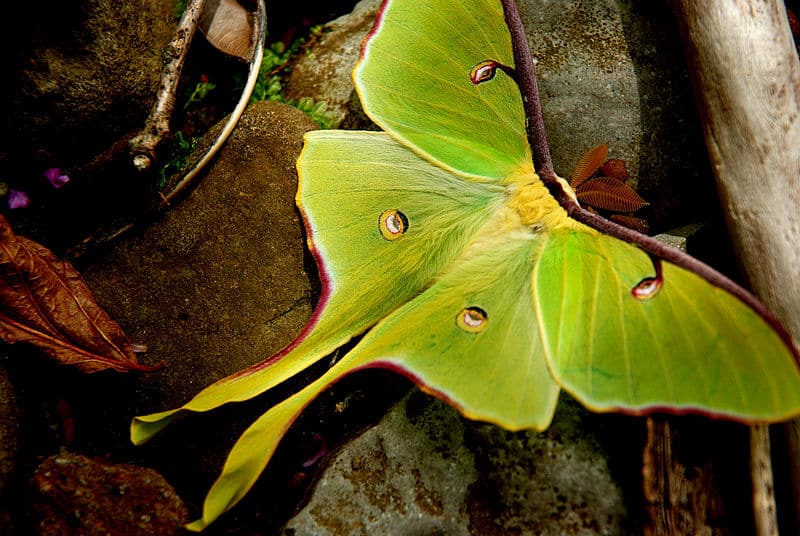
Luna Moth Physical Description
Though not its only distinctive feature, the magnificent Luna Moth nonetheless does impress one due to its sheer size. In point of fact, it ranks as one of the largest of all Lepidoptera, in terms of wingspan. That size varies greatly among individuals, however.
The invertebrate further displays a slight degree the the physiological trait of sexual dimorphism. In its specific case, though, this has nothing to do with physical size. Instead, this manifests itself in the fact that the antennae of the male grow longer and wider.
Otherwise, the genders remain remarkably similar in appearance. Both sexes attain an average wingspan measuring roughly 4.5 in (11.4 cm). Some exceptional individuals, however, reach a span of as much as 7 in (17.8 cm). These giants truly distinguish themselves.
Regardless of their span, though, the wings of the breathtaking Luna Moth deserve appreciation for their mere appearance. That’s because of their striking and unique coloring. This consists of a bright lime-green background, offsetting the mainly white body.
The wings also display yet another distinctive characteristic. More precisely, the hindwings stand out. These features develop as highly elongated in shape. This remarkable evolutionary trait only serves to separate and distinguish the species from its brethren even more.
- Kingdom: Animalia
- Phylum: Euarthropoda
- Class: Insecta
- Order: Lepidoptera
- Family: Saturniidae
- Genus: Actias
- Species: A. luna
Luna Moth Distribution, Habitat, and Ecology
The visually unique and stunning Luna Moth, quite fortunately, has an advantage over many related creatures. That’s due to the fact that it inhabits a comparatively extensive range of the world. Yet at the same time, that habitat range qualifies as very specific.
In point of fact, it makes it evolved as native a very specific portion of the continent of North America. More precisely, it inhabits a large portion of the eastern half of the United States. This extends from Florida to Maine and a small portion of extreme northeast Canada.
Within this range, though, the magnificent Lepidoptera exhibits a relatively great degree of flexibility and adaptability in terms of habitat. As a result of this versatility, it inhabits various types of habitats, providing a sufficient number of certain types of plants are present.
Like most of its kind, the Luna Moth evolved as nocturnal in nature. Flying at night, females release powerful pheromones, to attract the males. These the males detect with their sensitive antennae. They can further do so from as great a distance as several miles.
Although adults do not feed for the duration of the life cycle, the larvae feed voraciously, typically on the same tree their cocoon was place on. It also feeds primarily on several varieties of broadleaf trees and is itself mainly preyed upon by bats and various birds.
Species Sharing Its Range

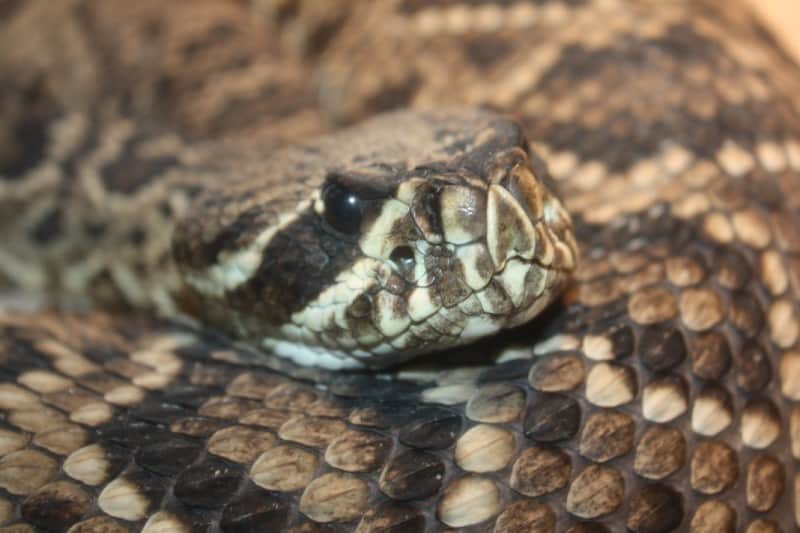
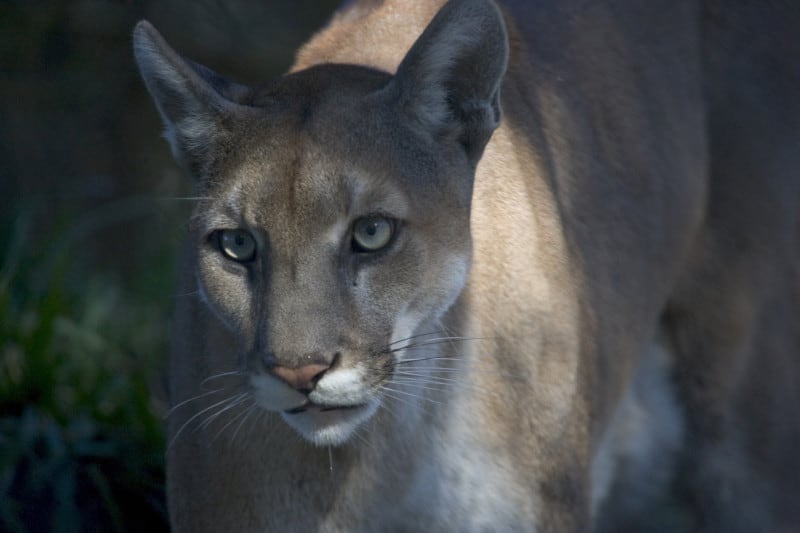
Check out our other articles on 5 Marvels of New Zealand and Australia, Barreleye Fish, Erta Ale, Nevin’s Barberry, Blue Death Feigning Beetle, Maui Dolphin, California red-sided garter snake
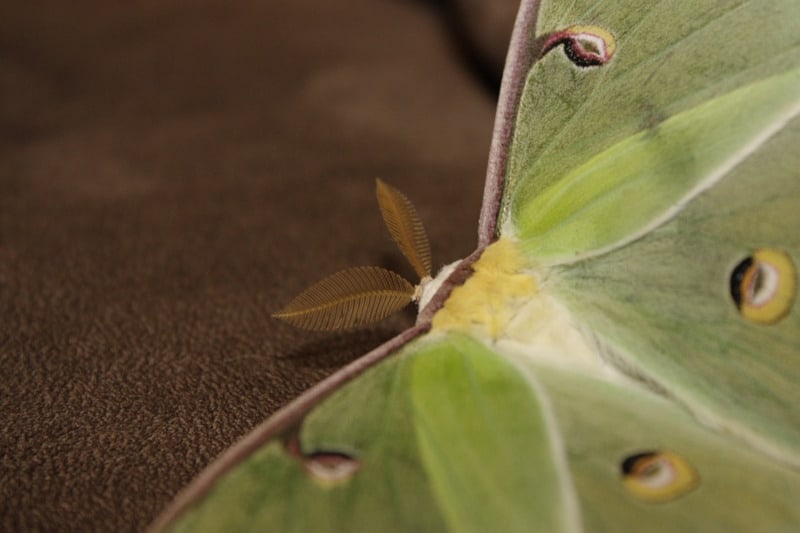









Leave a Reply